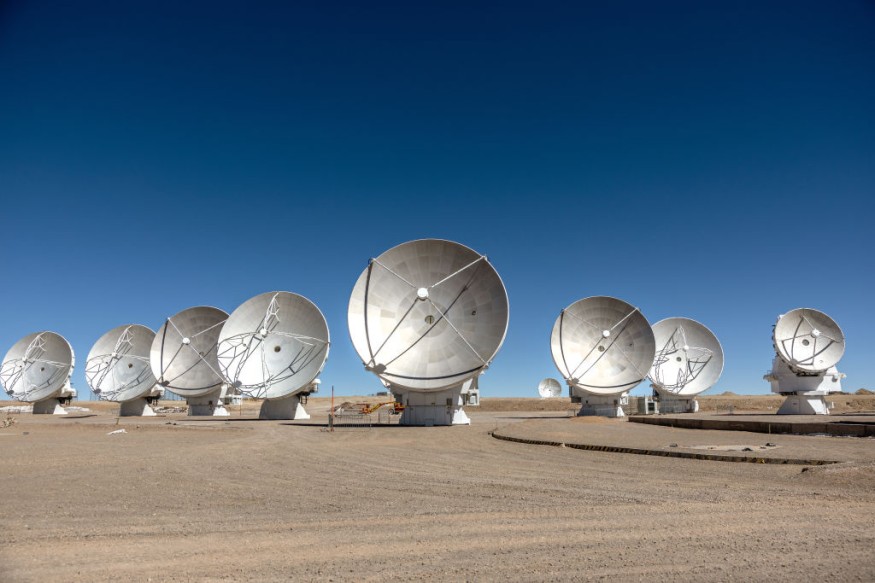A strange and very distant object that existed only two billion years after the Big Bang is concealed from even the most modern detectors in the universe. Its characteristics were ultimately detailed by a SISSA team using the ALMA telescope in Chile and Einstein's theory of relativity.
In a newly published article, titled "ALMA Resolves the First Strongly Lensed Optical/Near-IR-dark Galaxy" reported in The Astrophysical Journal, researchers described the features of the "invisible galaxy" that had previously been almost impossible to observe.

Einstein's Theory of General Relativity Helps Observe Distant Galaxies
According to Live Science, the young star-forming galaxy was filled with dust and gas that formed 2 billion years after the Big Bang. Given how dim, distant, and dusty the galaxy is, the object was nearly invisible in every wavelength of light. But a trick of gravity that Albert Einstein first predicted has helped researchers get a rare glimpse of the invisible galaxy.
Lead author Marika Giuletti, an astrophysicist at the International School of Advanced Studies in Italy (SISSA), said that very distant galaxies are a minefield of information on the past and future evolution of the cosmos. The only catch is that studying them is very challenging as they are very compact which makes them difficult to observe.
The researchers used Einstein's general theory of relativity to detect the faraway galaxy. Based on Einstein's theory, galaxies, individual stars or any large objects in the cosmos warp the space surrounding them, magnifying any light passing by.
That implies that researchers may utilize big objects as cosmic magnifying glasses to observe other, more distant objects, but only when the stars align perfectly. The technique, known as gravitational lensing, has allowed astronomers to see some of the universe's oldest galaxies.
ALMA Telescope Used to Observe the Invisible Galaxy
But since there is so much interstellar dust in the path, the invisible galaxy was difficult to view even with gravitational lensing. That is why researchers used the Atacama Large Millimeter/submillimeter Array (ALMA) in Chile to observe it. ALMA telescope is a network of 66 radio telescopes frequently used to examine dusty celestial bodies.
Giuletti said, in a press release via Phys.org, that ALMA helped them determine the galaxy's features and understand certain properties. Their analysis revealed that the galaxy is quite compact, most likely filled with young, and rapidly generating stars. They hope that the James Webb Space Telescope (JWST) will disclose much more about it in the future as JWST is the only one capable of doing so.
Professor Andrea Lapi, a co-author of the study, concludes that distant galaxies are young, compact, and host vigorous star formation that is most likely obscured by a lot of dust. More so, it possesses a very rich reservoir of molecular gas, and are forerunners of the massive quiescent galaxies seen in the universe. Therefore, it provides valuable insights into the processes leading to the formation and evolution of the universe.
RELATED ARTICLE: NASA's James Webb Space Telescope Finds 'Undiscovered Country of Galaxies' 350M Years After the Big Bang
Check out more news and information on Space in Science Times.












